The Bobble Place Bobbleheads
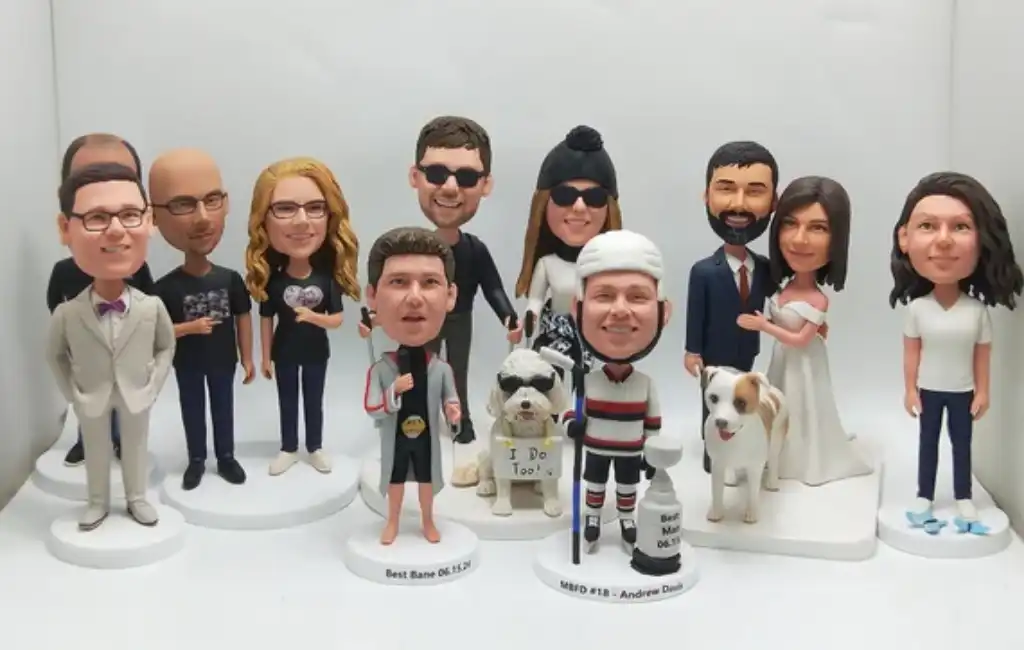
NO DEAL
EPISODE SUMMARY
🕓 Air Date: October 20, 2009
Asking For:
$75,000 for 18%
Investor:
No Deal
Deal:
No Deal
PRODUCT SUMMARY
Bobble Place creates custom bobblehead dolls based on photographs provided by clients, offering a fun and personalized product.
WATCH HERE
IN A RUSH?
Click these to jump to the section you want to read.
Background Story
Jeff Wolsky, the founder of Bobble Place, hails from an entrepreneurial background with a successful online business specializing in custom bobblehead dolls. His journey began five years ago when he identified a niche market for personalized collectibles. Jeff’s background in design and marketing helped him understand the potential of creating custom bobbleheads that could resonate with people’s personal and professional lives. This understanding drove him to start his online business, which has since flourished, generating seven-figure revenues annually.
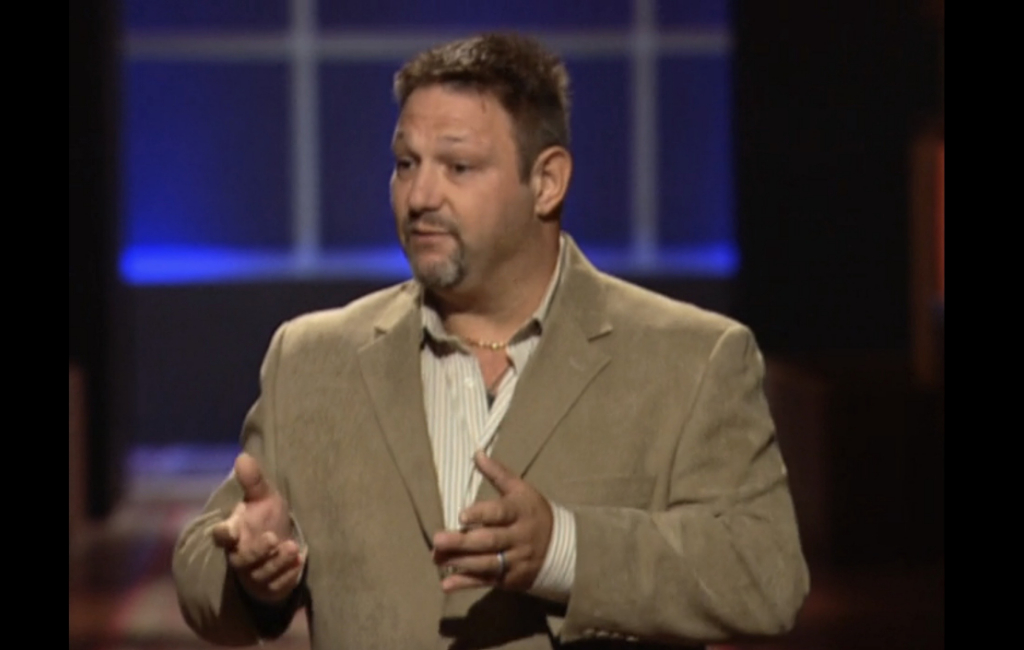
Located in the United States, Jeff’s initial venture focused on offering a unique service where clients could submit photographs to have their bobblehead dolls hand-sculpted to resemble them. The online platform allowed customers to choose from various body styles, providing a high degree of customization and engagement through photo proofs during the sculpting process. The success of this business inspired Jeff to explore new avenues to reach a broader audience.

Seeing an opportunity to expand beyond the digital realm, Jeff conceptualized Bobble Place, a new division aimed at bringing his custom bobblehead service to physical locations such as shopping malls, amusement parks, and national chain stores. His vision was to create kiosk-based outlets where customers could experience the product firsthand, select body styles, and provide photos on-site. This expansion strategy aimed to capture a segment of the market that might not be aware of the online service, thus increasing overall sales and brand visibility.
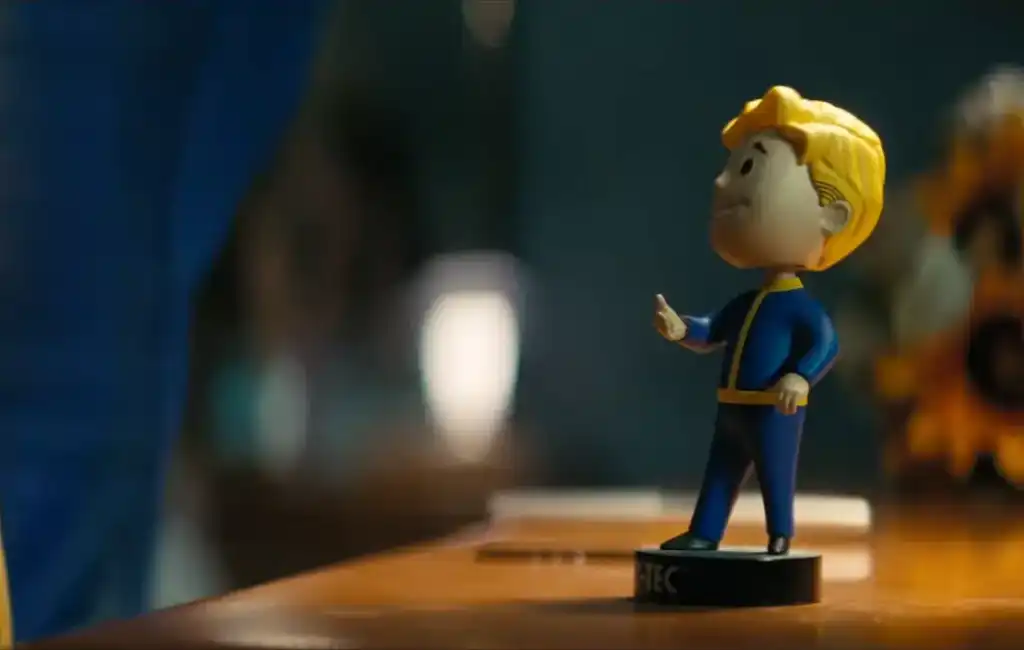
The Product
Bobble Place offers custom bobblehead dolls that are meticulously hand-sculpted to resemble the customers based on photographs they provide. The process begins with clients selecting from over 100 different body styles, ranging from various professions to hobbies and special occasions. Customers can either upload their photos online or have their pictures taken at physical kiosks located in shopping malls, amusement parks, and national chain stores.
Once the photos are submitted, skilled artisans hand-sculpt the dolls’ heads to match the provided images. Throughout the creation process, customers receive photo proofs of the sculpted heads and can request changes to ensure the final product meets their expectations. This interactive and personalized approach enhances customer satisfaction and engagement.
The custom bobbleheads are not just novelty items but can serve as unique gifts for birthdays, weddings, anniversaries, and corporate events. They offer a fun and memorable way to commemorate special occasions or celebrate individual personalities.
Bobble Place dolls are priced at under $100, making them an affordable and appealing option for a wide range of consumers. The products can be purchased directly from the company’s online platform or at their retail kiosks. The combination of high-quality craftsmanship, customization options, and interactive customer involvement makes Bobble Place a distinctive offering in the personalized gift market.
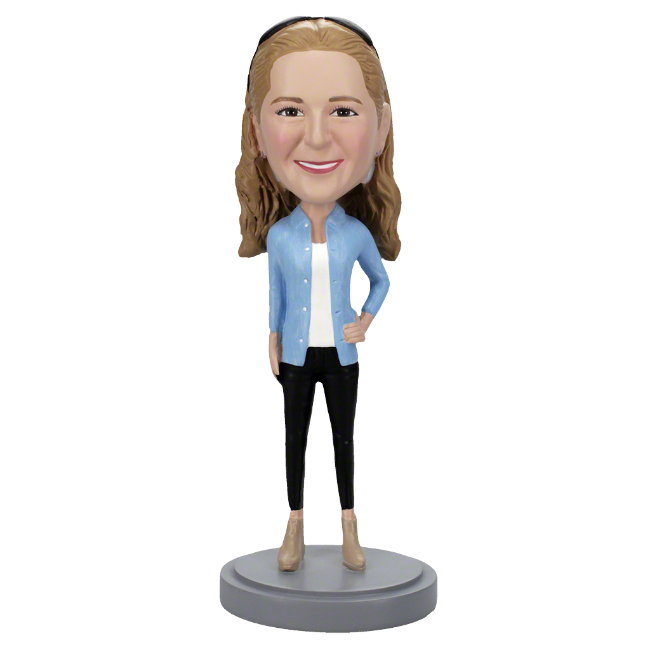
How It Went
The company’s position before Shark Tank
Bobble Place, a division of an already successful custom bobblehead business, has shown strong financial health and market presence. The parent company, established five years ago, has consistently generated seven-figure revenues annually, with profits ranging between $500,000 and $600,000 per year. This robust financial performance indicates a healthy profit margin and a well-managed cost structure. The company’s primary customer base consists of individuals seeking personalized gifts for various occasions, such as birthdays, weddings, and corporate events.
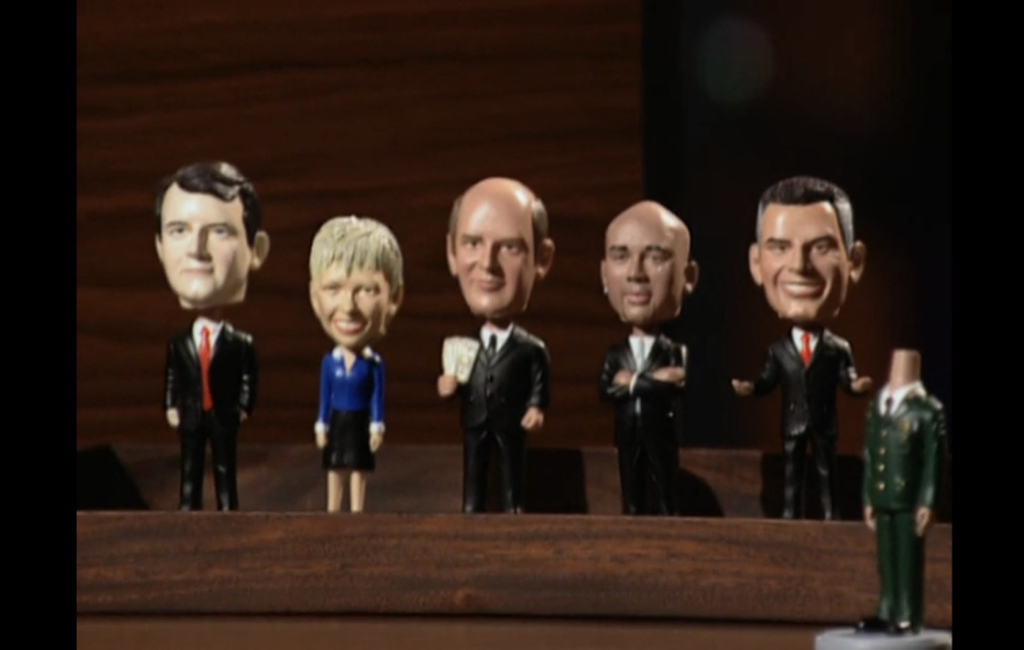
Additionally, businesses utilize these custom bobbleheads for promotional purposes and employee recognition. The diversity in its customer base has contributed to its sustained revenue growth. Currently, Bobble Place operates primarily online, leveraging a direct-to-consumer model that has proven successful. The company’s operations are supported by a network of skilled artisans who handle the custom sculpting and manufacturing of the bobbleheads. By maintaining this process in-house, the company ensures high-quality products and efficient turnaround times.
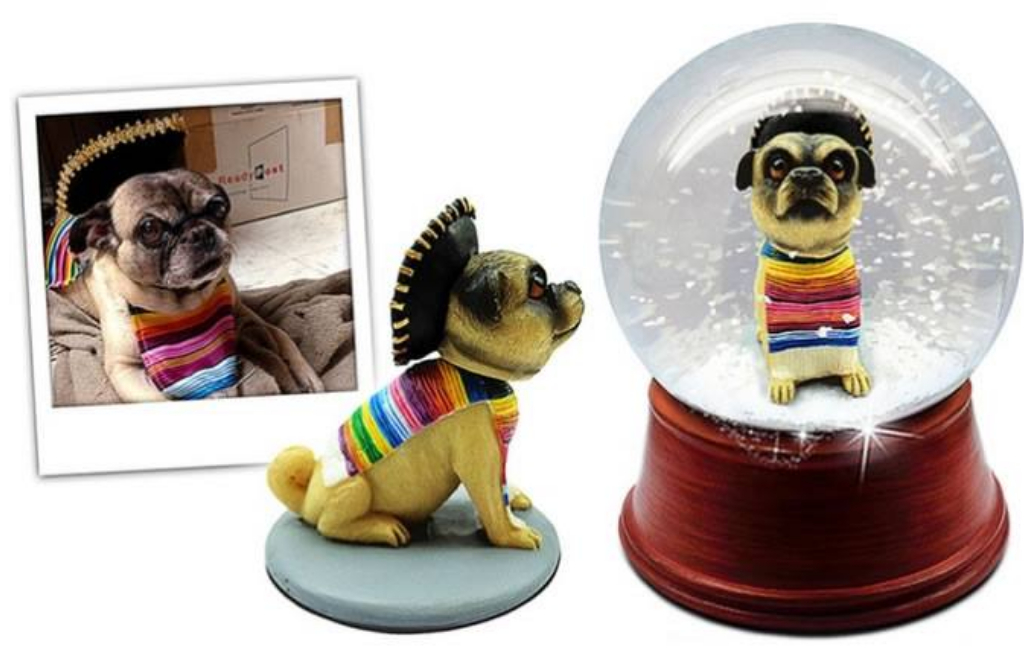
Funding for the parent company has primarily come from its revenue, which has allowed it to scale without external capital. However, for the new retail division, Jeff Wolsky sought an investment of $75,000 for 18% equity to finance the expansion into physical retail locations. This funding was intended to cover the costs of setting up kiosks in high-traffic areas like shopping malls and amusement parks, aiming to tap into a broader audience who may not be aware of the online service.

The company does not currently have formal partnerships with wholesalers, as its business model focuses on direct sales. However, the potential retail expansion could open avenues for such partnerships, enhancing its distribution capabilities. The company structure includes Jeff Wolsky at the helm, supported by a small but dedicated team handling operations, customer service, and marketing. This lean structure has enabled the company to remain agile and responsive to market demands.
The Negotiations:
During the negotiation on Shark Tank, Jeff Wolsky presented his pitch for Bobble Place, seeking $75,000 in exchange for 18% equity to fund the expansion of his custom bobblehead business into physical retail locations. The pitch sparked interest and skepticism among the Sharks, who quickly sought to understand the financials and potential of the existing online business. Initially, the Sharks were intrigued by the success of the online business, which generates over $1 million in annual revenue. However, tension arose when Jeff clarified that the investment was for a new division rather than the profitable existing business.
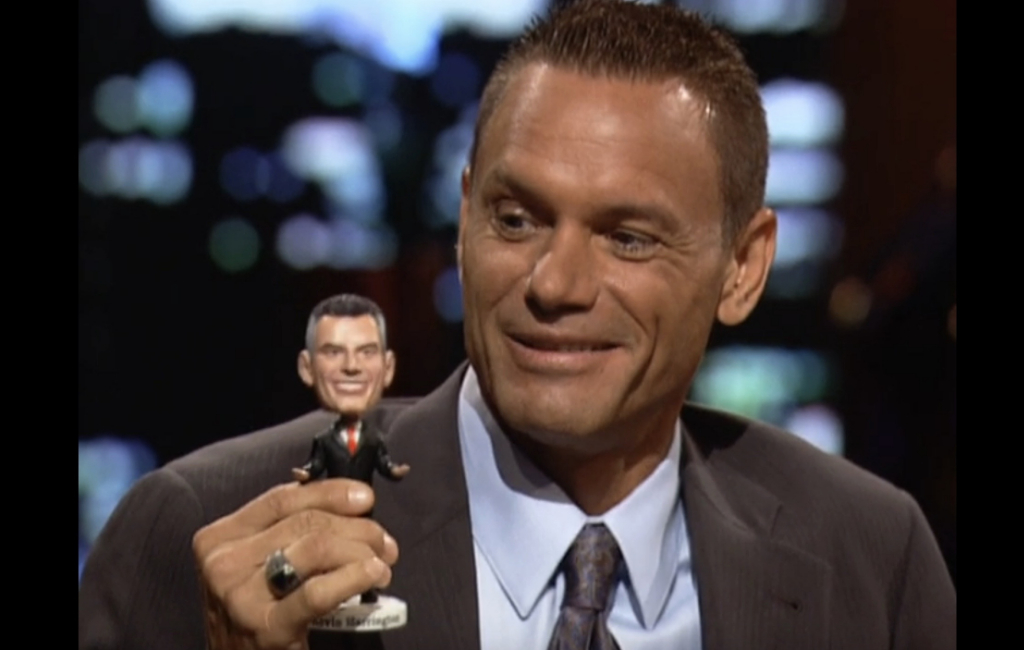
This separation led to frustration, as the Sharks preferred a stake in the established venture rather than the unproven retail concept. Kevin O’Leary was particularly vocal, criticizing Jeff for not including the online business in the deal and deeming the new venture too risky. He offered $75,000 for 18% of the existing business, provided Jeff abandoned the retail expansion. Jeff declined, stating the online business did not require additional funds. Robert Herjavec then offered $100,000 for 20% of the entire company, emphasizing the need to avoid the risky mall expansion.
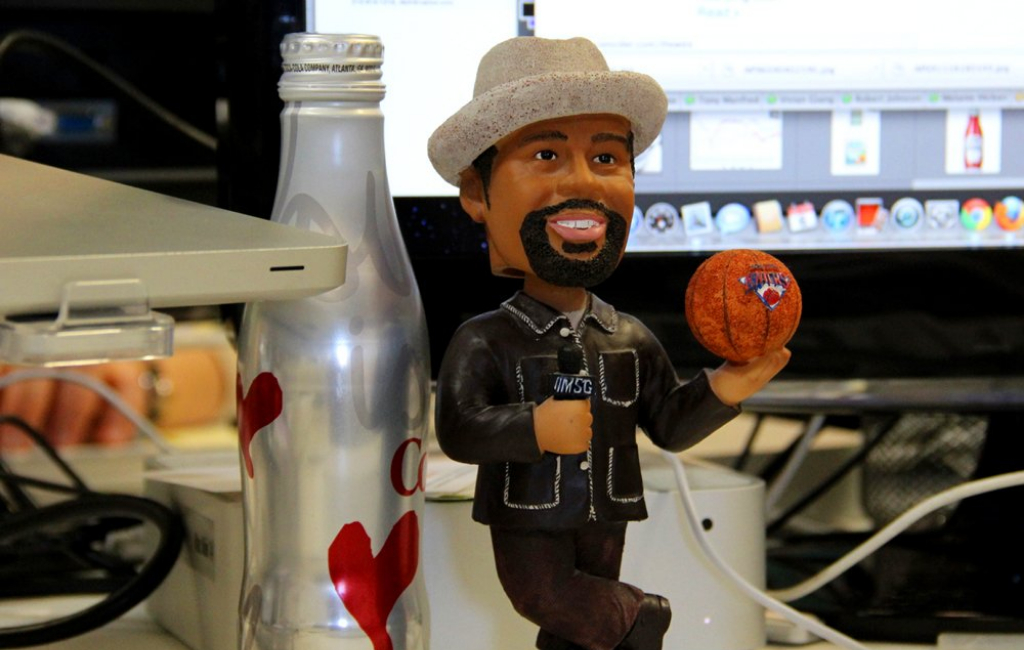
Jeff countered with $225,000 for 20%, which the Sharks found unreasonable. This led to Robert and Kevin collaborating on a revised offer of $100,000 for 20%, splitting the investment equally between them. Jeff, however, declined this offer as well.Kevin returned with his original offer of $125,000 for 20%, but Jeff countered with $100,000 for 7%, which was deemed insufficient by Kevin. Eventually, all the Sharks withdrew their offers, citing Jeff’s reluctance to part with equity in the profitable business and the high risk associated with the new retail venture. In the end, Jeff left without a deal, as the Sharks were unwilling to invest in the unproven retail concept without a stake in the successful online business.







